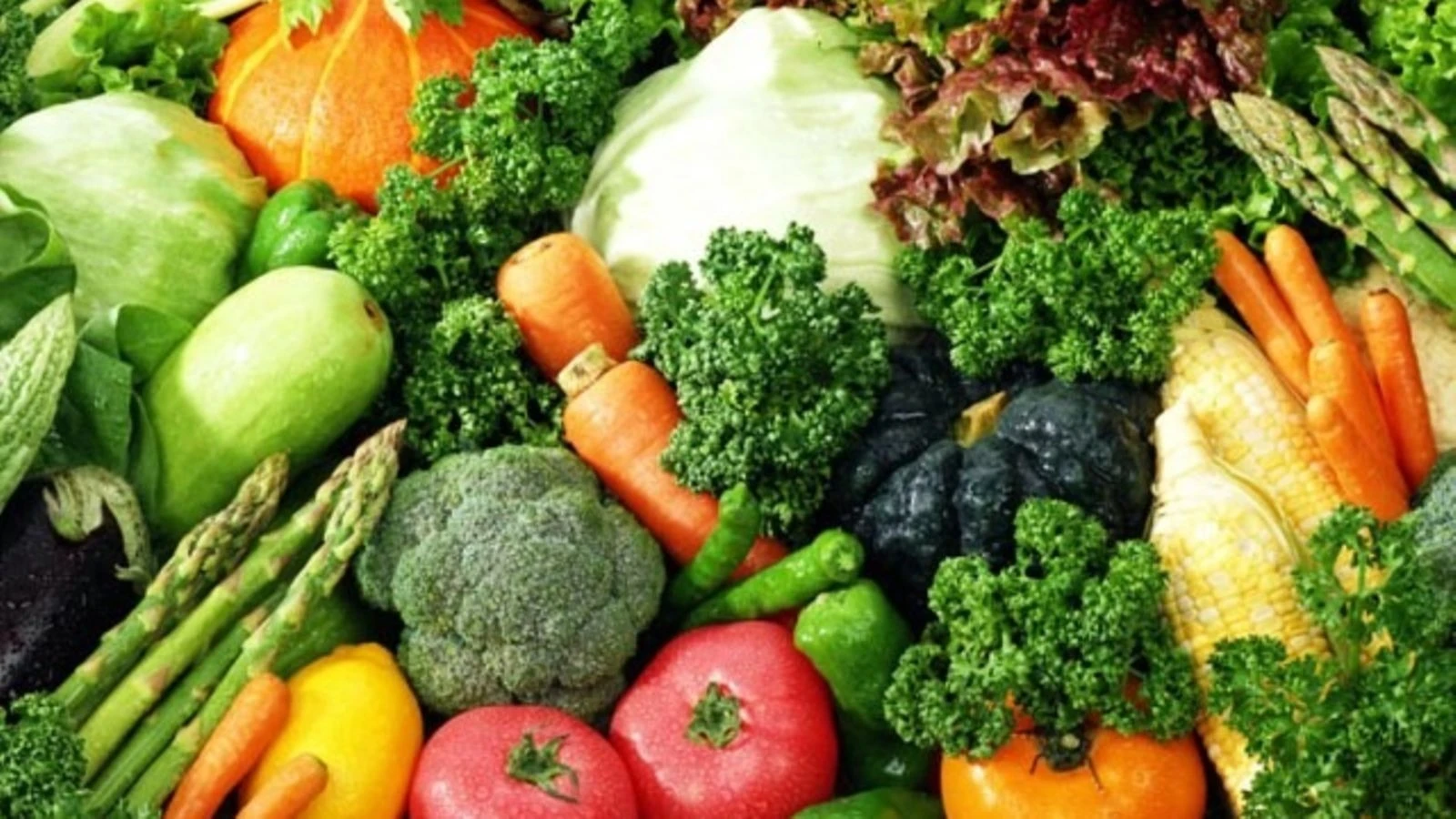The horticultural ascent of Tanzania: A blueprint for a prosperous future

Tanzania, a land rich in diverse ecosystems and a vibrant agricultural tradition, stands at a pivotal moment. The country's agricultural sector has long been the bedrock of its economy, providing a livelihood for the majority of its population and serving as a key engine of growth.
But within this vast sector, one sub-sector is rapidly emerging as a dynamic force with the potential to redefine Tanzania's economic trajectory: horticulture.
Driven by rising global demand for high-value crops and a strategic, forward-looking national agenda, Tanzanian horticulture is poised to transition from a promising sub-sector to a dominant economic powerhouse. However, this journey is not without its hurdles, and a clear, unified strategy is essential to seize this moment.
The economic significance of Tanzanian horticulture cannot be overstated. Recent data underscores its robust and accelerating performance. In the year ending March 2024, horticultural product exports soared to $417.9 million, a monumental 40.6 percent increase from the previous year.
This impressive growth is not an anomaly but part of a sustained upward trend that has been building over the last decade. Since 2014, the sector's exports have shown a consistent annual increase, and its share of total agricultural exports has risen to 38 percent in 2022.
This upward momentum is propelled by a portfolio of high-value crops, with avocados, spices like cloves and black pepper, and fresh vegetables leading the charge.
This diversification is critical, moving the country beyond its traditional reliance on a handful of commodity crops and opening up new, more lucrative global market opportunities.
This economic surge is a direct result of a new, ambitious government vision. The cornerstone of this vision is the Agenda 10/30, a transformative national blueprint designed to propel the entire agricultural sector.
The initiative aims to achieve a 10 percent annual growth rate by 2030 and, critically for horticulture, targets a staggering $2 billion in horticultural export earnings within the same timeframe.
This target, set in collaboration with the Tanzania Horticulture Association (TAHA), is a testament to the shared conviction in the sector’s potential. To turn this vision into reality, the government has made unprecedented financial commitments, increasing the Ministry of Agriculture's budget by nearly 30 percent in the 2023/2024 fiscal year.
Furthermore, the government has instituted crucial policies, including tax exemptions on agricultural machinery and inputs, and has launched initiatives like "Building a Better Tomorrow" (BBT) to empower youth and women in agribusiness. These interventions are creating a fertile environment for both large-scale commercial farming and smallholder enterprises to thrive.
However, the path to prosperity is not without significant obstacles. The sector's growth is still hampered by a deep-seated challenge: high post-harvest losses. Studies have estimated these losses to be as high as 40 percent of total horticulture production, a figure that represents a substantial loss of income for farmers and a crippling inefficiency in the value chain.
This problem is exacerbated by a number of factors, including a lack of proper handling knowledge, inadequate processing and storage facilities, and, most notably, a severely underdeveloped cold chain network.
While new projects, such as the modernization of the Dar es Salaam port to include a "Green Terminal" with cold storage capabilities, are commendable, the reality is that inland logistics remain a critical bottleneck.
The lack of sufficient, appropriately sized refrigerated trucks and the poor state of rural road infrastructure mean that perishable goods often spoil long before they reach export hubs or local markets. This inefficiency not only reduces export volumes but also compromises product quality, limiting the country’s ability to compete with more established horticultural exporters.
The forward-looking vision for Tanzanian horticulture must therefore be grounded in practical, targeted solutions.
A top priority must be a concerted effort to address the infrastructure deficit. Public-private partnerships should be at the forefront of this effort, with a focus on building and operating a national network of decentralized cold storage facilities, particularly in key production zones.
These facilities would not only reduce post-harvest losses but also empower smallholder farmers by giving them a secure place to store their produce, allowing them to wait for better market prices.
The government's recent acquisition of a cargo plane is a positive step, but this must be supplemented by a more extensive fleet of medium-sized cargo aircraft and streamlined export procedures to ensure timely delivery of fresh produce to international markets.
Furthermore, the private sector must step up its investment in value addition. By processing raw horticultural products into high-value goods like dried fruits, juices, and spices, Tanzanian producers can capture a larger share of the value chain, increase export earnings, and create more jobs.
Investing in technology and human capital is equally critical. The adoption of modern farming practices, from precision agriculture to the use of climate-resilient seeds, will be essential to mitigating the risks of climate change and boosting productivity.
Agricultural extension services must be modernized and scaled up, utilizing digital platforms to provide farmers with timely information on best practices, market prices, and weather forecasts.
Finally, financial institutions have a crucial role to play in this transformation by creating innovative financing models that address the unique needs of the horticultural sector, from micro-loans for smallholder farmers to larger capital investments for processing plants and transport logistics.
In conclusion, the horizon for Tanzanian horticulture is brighter than ever. With a clear vision, a strong policy framework, and a committed public and private sector, the country is well-positioned to unlock its full potential.
By strategically addressing the critical challenges of infrastructure and post-harvest losses, and by making smart investments in technology and human capital, Tanzania can solidify its place as a global leader in horticulture.
The future is not just about growing crops; it is about cultivating prosperity, empowering communities, and building a resilient, diversified economy for generations to come. The time to act is now.
This article was generated from the Bank of Tanzania’s working paper on “Horticulture Exports in Tanzania: A Review on Possible Influencing Factors” By Wilfred E. Mbowe, Evarist A. Mgangaluma and Joyce Kivamba
Top Headlines
© 2025 IPPMEDIA.COM. ALL RIGHTS RESERVED

























